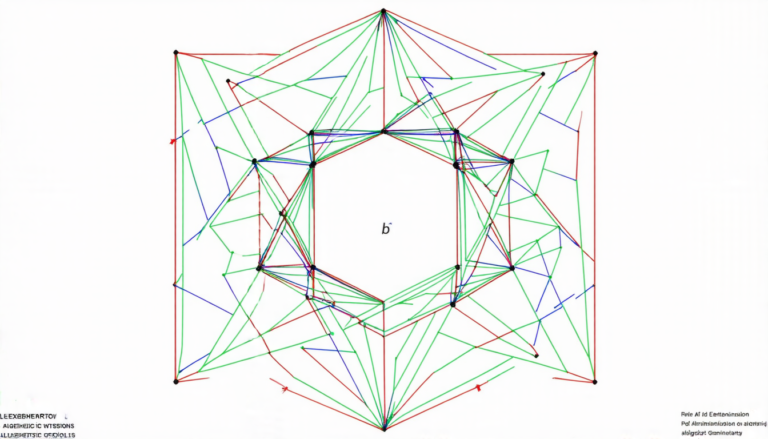Thursday 10 April 2025
Mathematicians have been studying composition operators for decades, but a new study has shed light on how these operators behave when applied to complex-valued harmonic functions in the unit disc. In simple terms, this means that researchers have made progress in understanding how certain mathematical formulas can be used to analyze and manipulate functions that describe patterns in two-dimensional spaces.
A composition operator is essentially a mathematical formula that takes one function as input and produces another function as output. Think of it like a machine that transforms an original image into a new, altered version. In this case, the input function describes the pattern of a complex-valued harmonic function, which is a type of mathematical object that can be used to model various physical phenomena, such as electrical currents or temperature distributions.
The study focused on composition operators that act on these harmonic functions in the unit disc, a two-dimensional space that represents a circle with radius one. The researchers found that certain types of self-maps, or transformations, within this space can be used to create bounded and even isometric composition operators.
To understand what this means, let’s break it down further. An isometric composition operator is like a perfect mirror image – when you apply the formula to an input function, the output function has the same size and shape as the original. On the other hand, a bounded composition operator ensures that the output function doesn’t get too big or wild, keeping the transformation under control.
The study also explored how these operators relate to reproducing kernels, which are special functions used in mathematics to analyze and manipulate harmonic functions. The researchers showed that an operator is a composition operator if and only if its adjoint (a mathematical operation that flips the direction of the operator) maps the set of reproducing kernels into itself.
This work has significant implications for various fields, including signal processing, control theory, and even quantum mechanics. By better understanding how composition operators behave on complex-valued harmonic functions, researchers can develop more efficient algorithms for analyzing and manipulating patterns in two-dimensional spaces.
For example, imagine you’re trying to analyze the pattern of electrical currents flowing through a circuit board. A composition operator could be used to transform this pattern into a new representation that’s easier to understand or manipulate. Similarly, in quantum mechanics, understanding how these operators work on harmonic functions could help scientists better grasp the behavior of particles and forces at the atomic level.
Cite this article: “Unlocking the Secrets of Composition Operators: A New Perspective on Analytic Function Theory”, The Science Archive, 2025.
Complex-Valued Harmonic Functions, Composition Operators, Unit Disc, Reproducing Kernels, Isometric Composition, Bounded Composition, Signal Processing, Control Theory, Quantum Mechanics, Mathematical Formulas.







